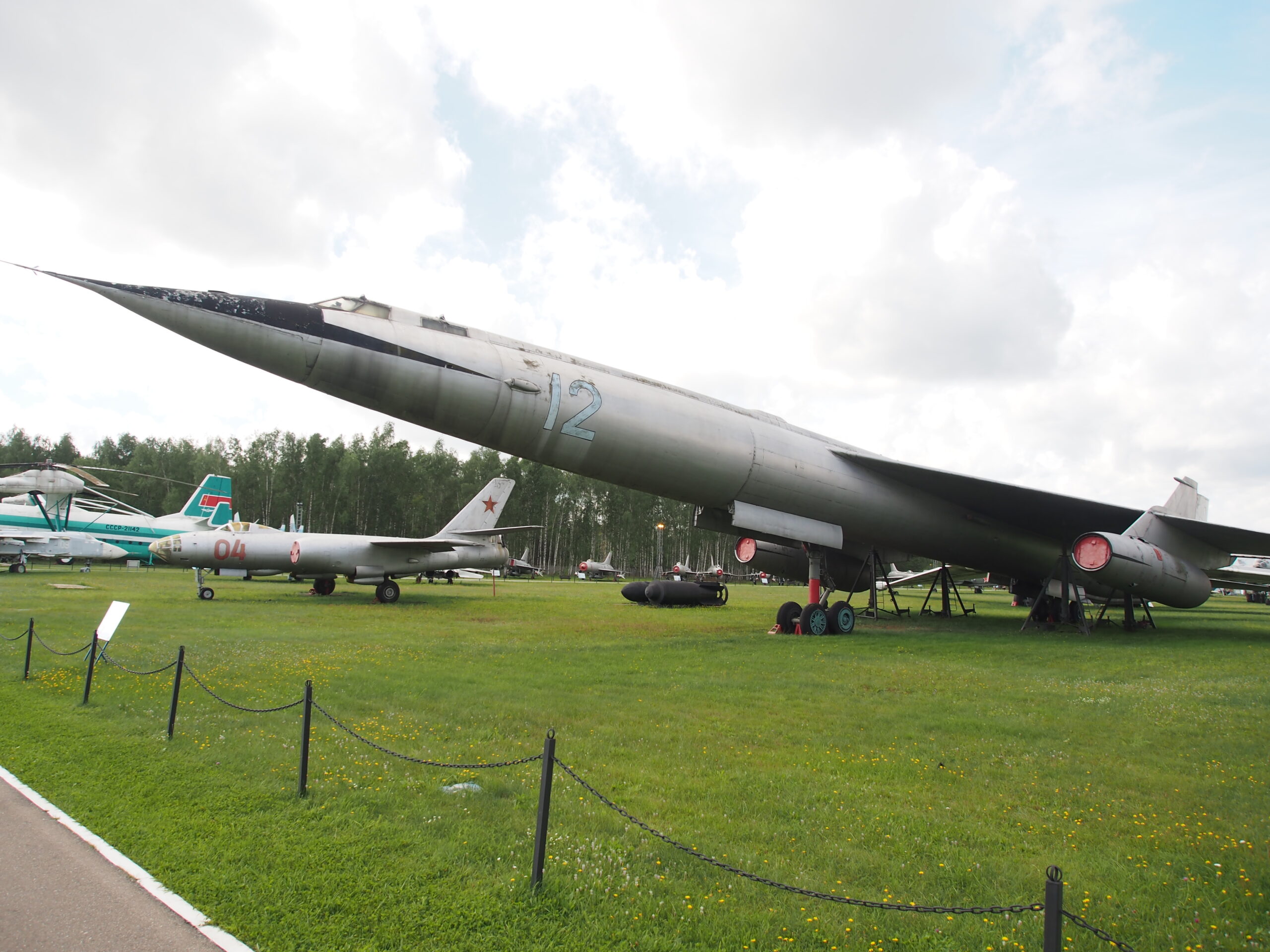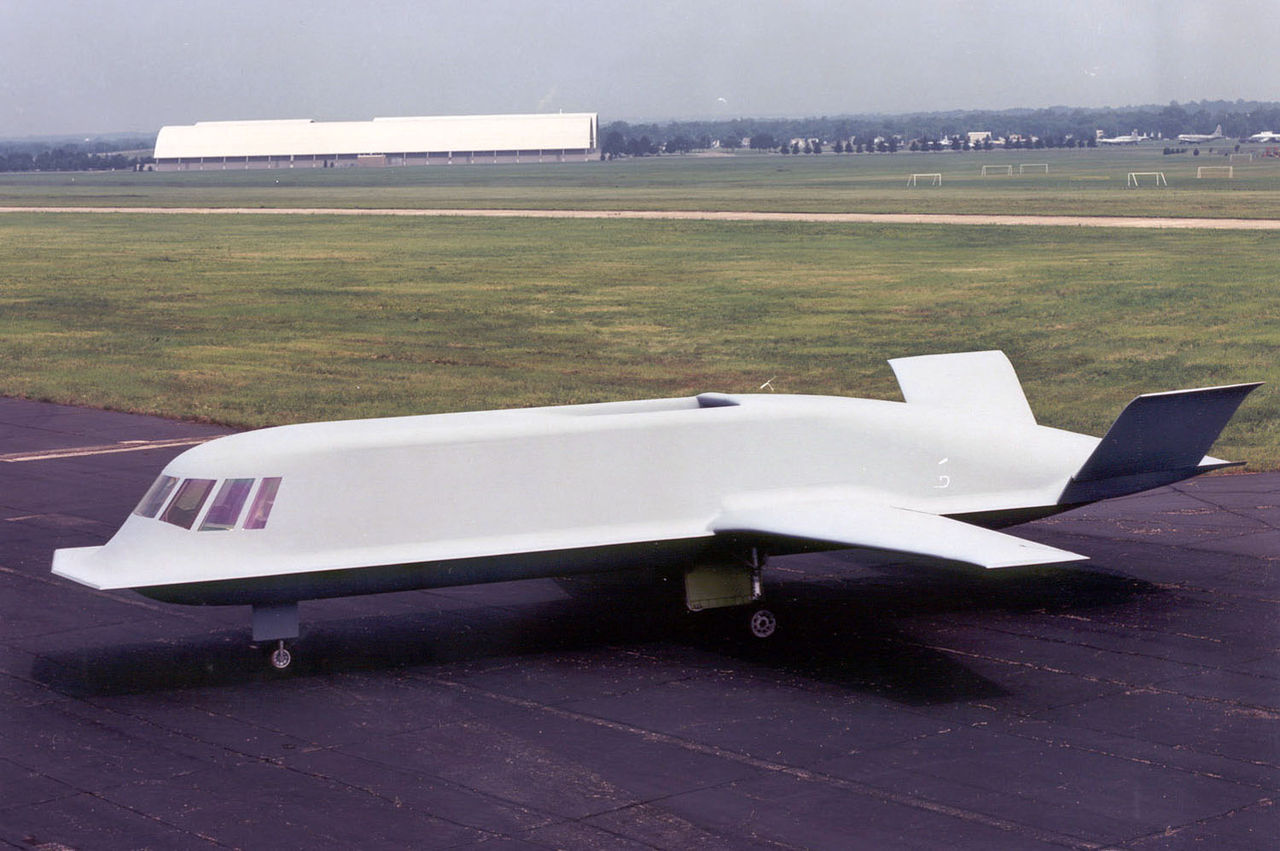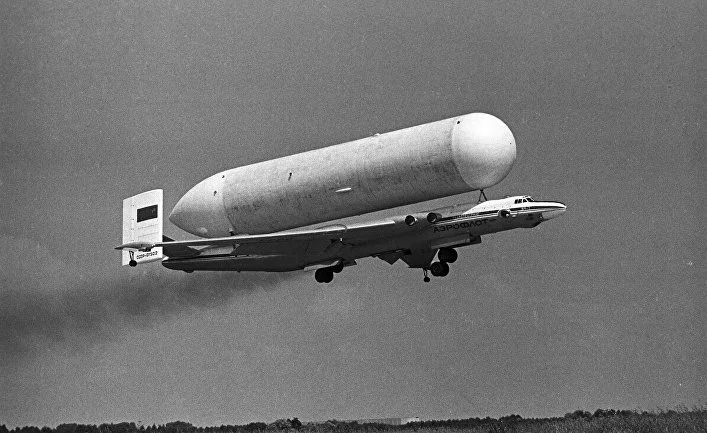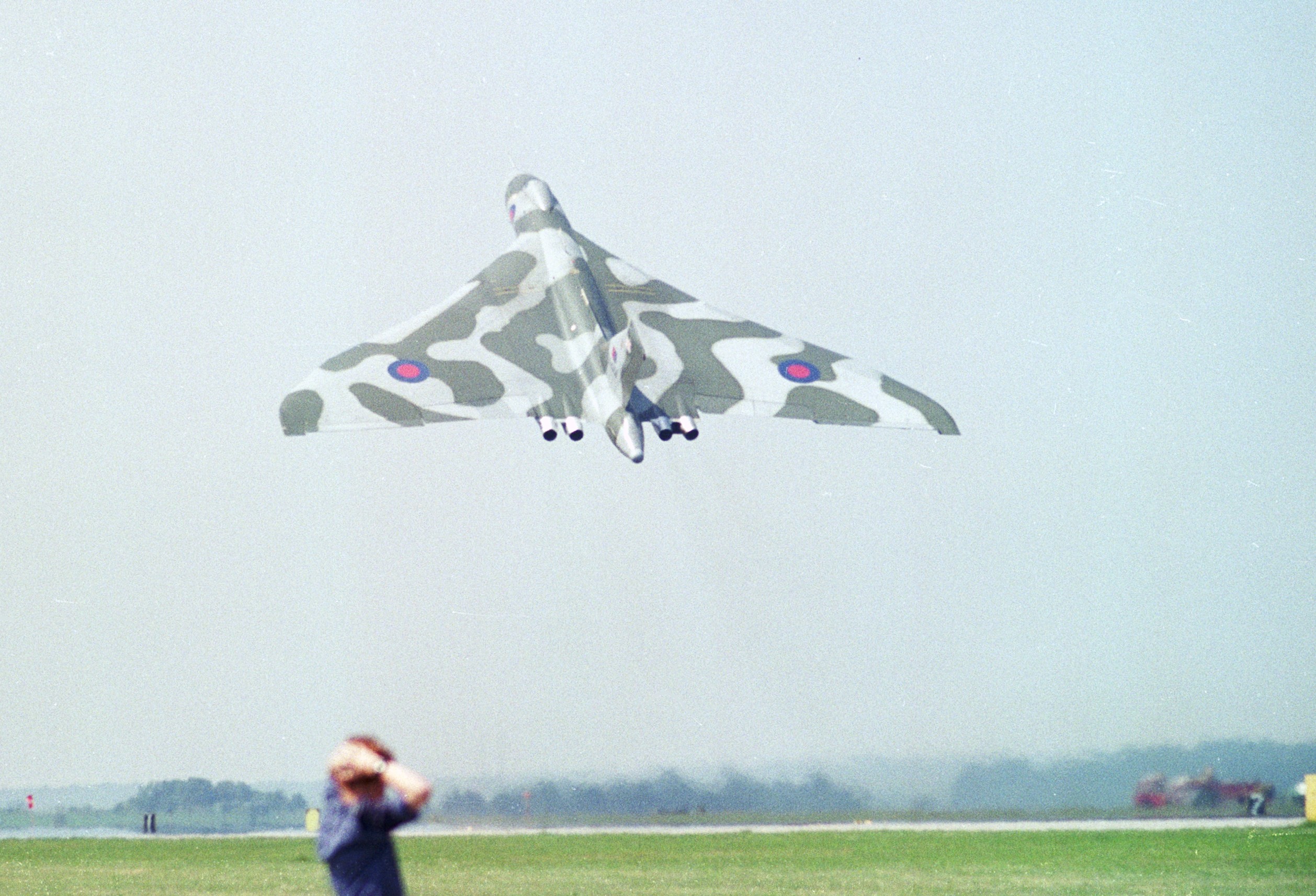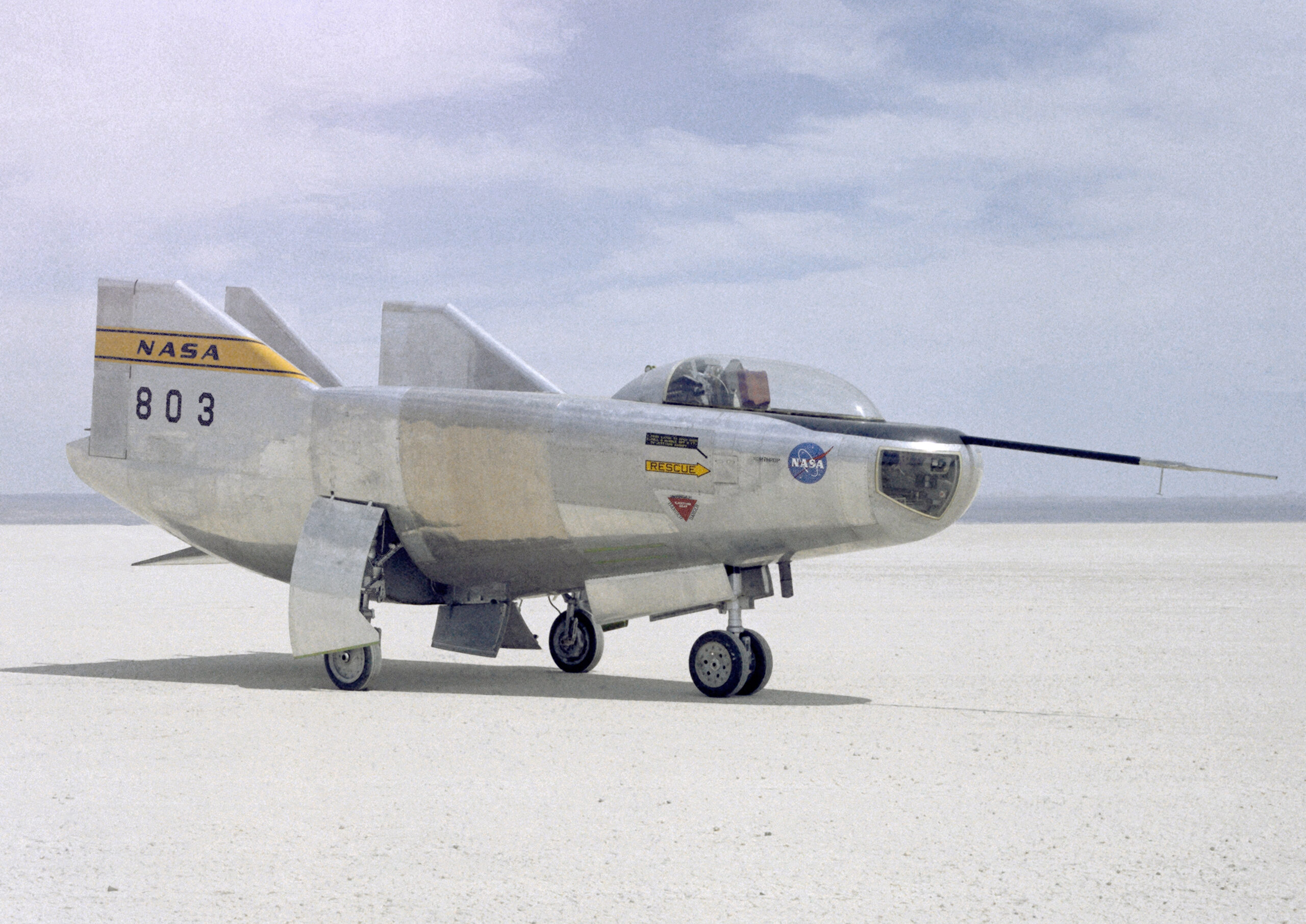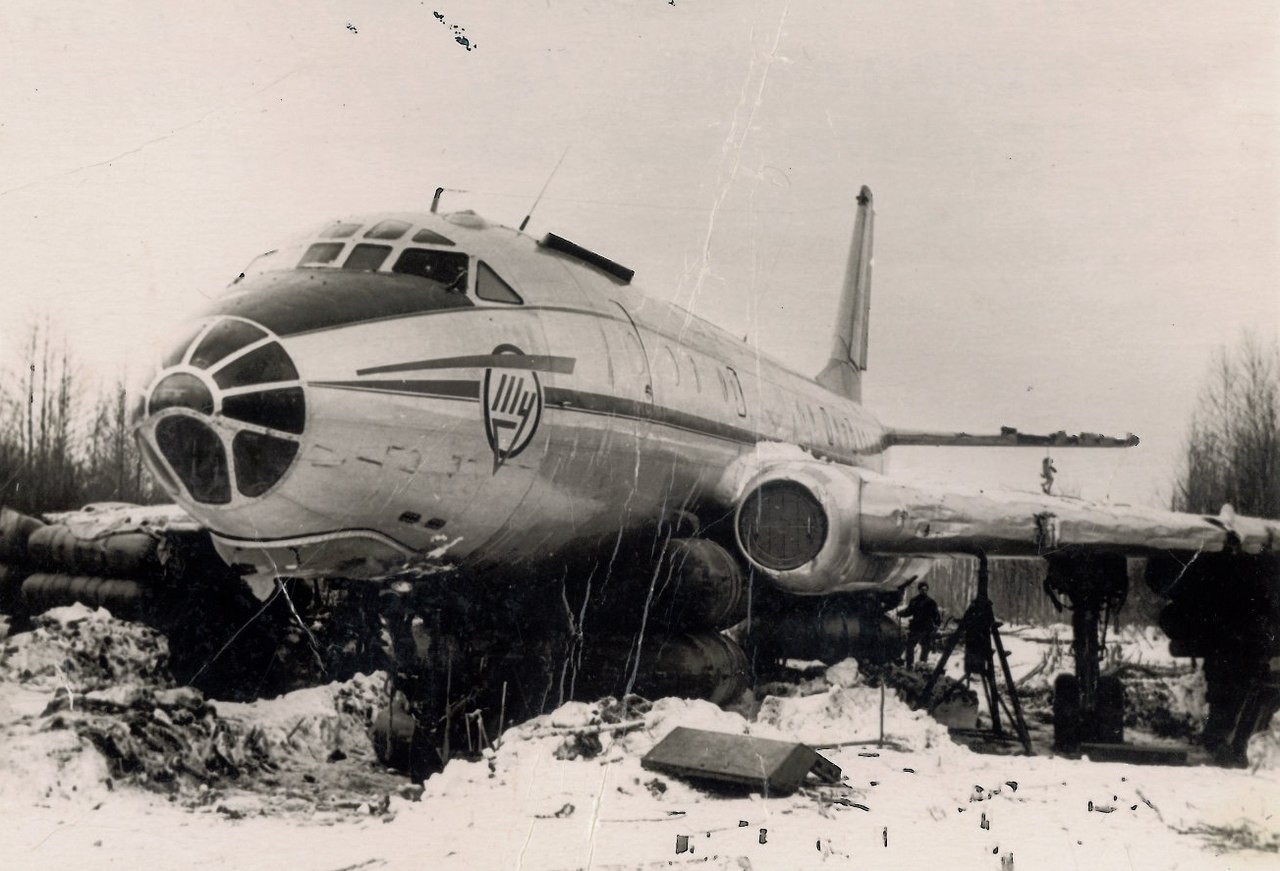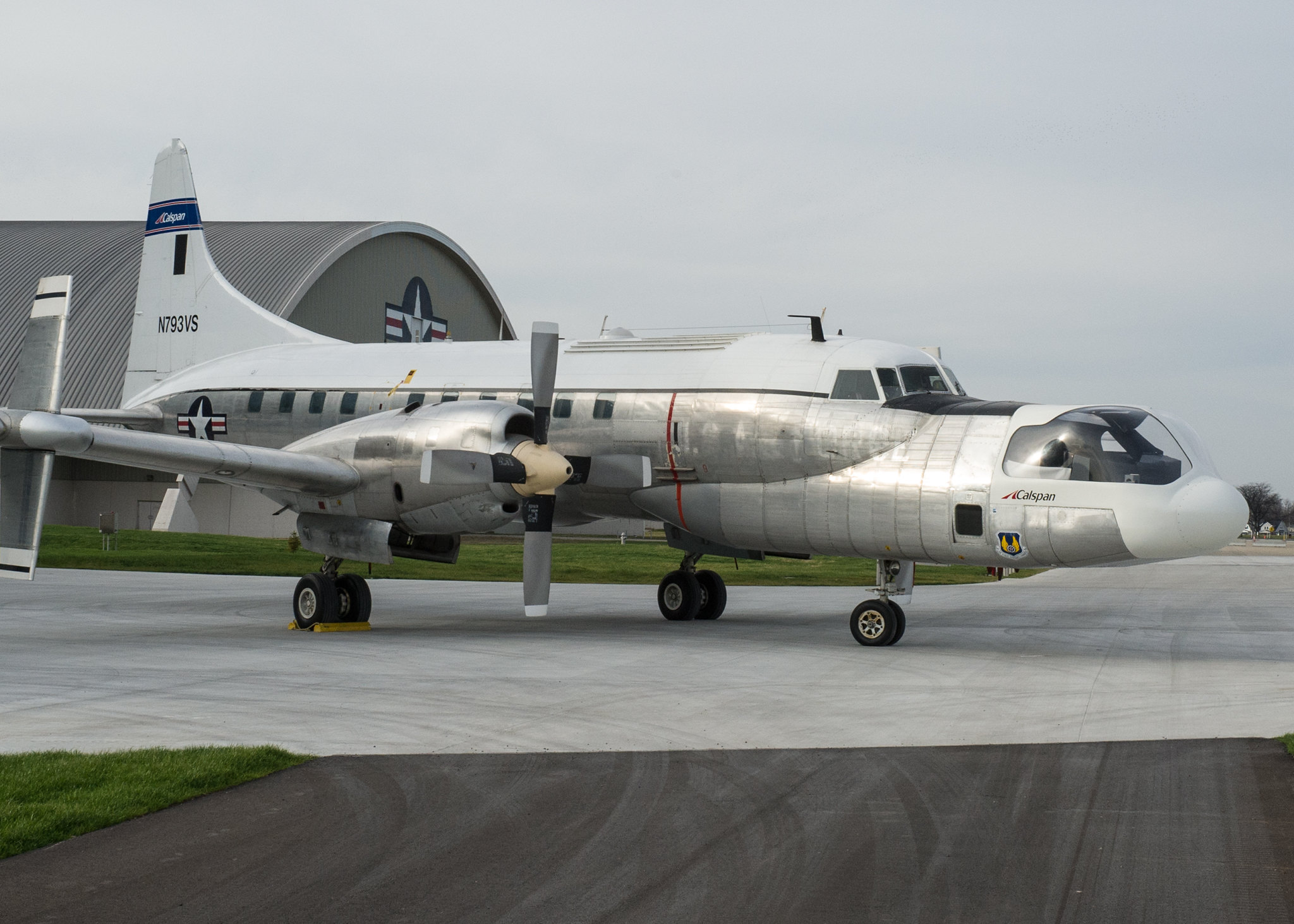The Myasishchev M-50 Bounder was a Russian four-engine supersonic strategic bomber with only a single airworthy prototype built. It was a response to building Cold War tensions and was first flown only a few years after the B-58 Hustler – an American supersonic, nuclear-capable aircraft. Unfortunately, all did not go to plan with the M-50.
We shall take a deeper dive into this obscure aircraft.
Contents
Development and Design
The need for a nuclear-capable supersonic jet bomber was apparent to the USSR in the mid-50s thanks to escalating tensions with the US. In 1956 the Convair B-58 Hustler first took flight with incredible performance and most worryingly the ability to carry nuclear weapons. The B-58 was capable of Mach 2 and able to reach a service ceiling of 63,400 ft (19,300 m).
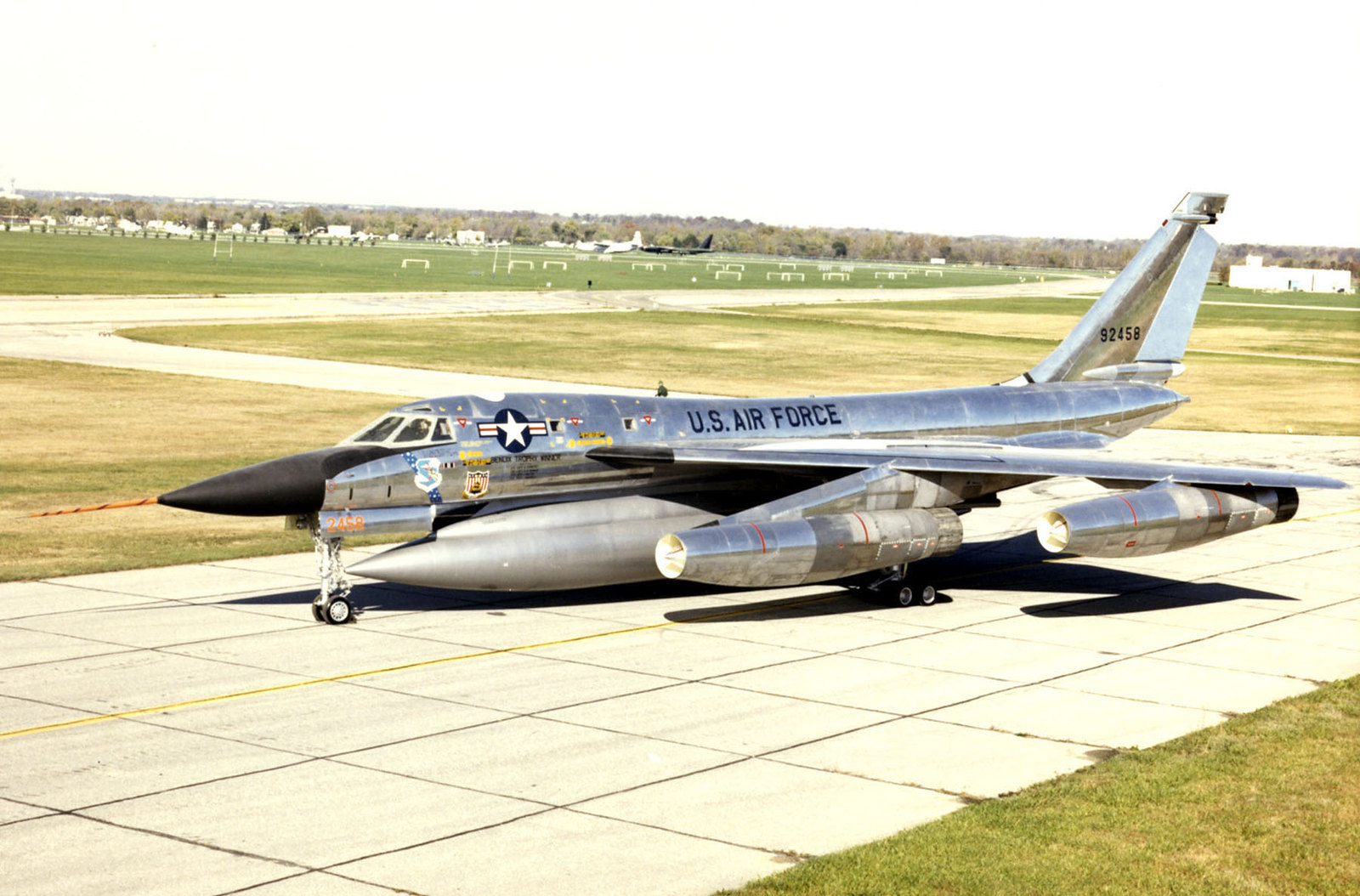
A lot of the contemporary fighters of the time would have struggled to catch such a fast aircraft if they were unaware of an impending attack. Naturally, the USSR wanted a counter to this with their own aircraft and a design specification was set out. The new plane would need to have a strike capability of 6,000 miles (10,000 km) and would need to carry the supersonic long-range M-61 cruise missile.
The Myasishchev Design Bureau stepped up to the plate and offered a futuristic design with a delta wing and extreme speed. This was space-age technology, considering that only 15 years ago at the end of World War II the USSR was using the Pe-8 as its main heavy bomber.

The proposed design would have a large wing span of 82ft 4in (25.10 m) and a length of 188ft 7in (57.48 m) and be able to reach a top speed of 1,210 mph (1,950 km/h). Due to the delta wings being extremely thin, there was nowhere other than the fuselage to house the fuel. A large bulge down the spine contained fuel tanks as well as all the control lines.
All of the performance was down to two types of engines. Two Dobrynin VD-7s and two VD-7Fs. The “F” in this instance stood for afterburning, with each being able to output over 30,000 pounds of thrust (137.29 kN). Whereas the non-F engines did not have an afterburning function and only produced 24,000 pounds of pushing force. This odd configuration was due to the initial aircraft having four VD-7s as the construction of the aircraft outpaced the development of the engines.
Operational History
The M-50A first flew in October 1959 with the four VD-7 non-after burning engines installed. Whilst the Bounder looked incredible for the 1950s and 60s, the performance was not so great. This bomber had been designed to exceed Mach 2. However, its underperforming engines could not push her past 650 mph (1,050 km/h) even in a shallow dive. On top of this, the range fell well short of the expected 6,000 miles (10,000 km), only able to achieve 4,000 miles (6,400 km).

Only two years after her first flight, she flew escorted by two MiG-21s at the Tushino Air Show near Moscow. This was the last flight of the M-50. But it did impress the Western audience and NATO assigned the name ‘Bounder’. Over those two years, the M-50 had only taken to the skies a total of 19 times. To give the impression of a lot more aircraft, the single M-50A was repainted with various radio call numbers. This was to confuse any western sources that were observing the testing taking place.
Thanks to the rather lackluster performance of the M-50, a newer improved version was proposed – the M-52. It was to be substantially redesigned. With a twin tail gun in the rear and the ability to attach cruise missiles on each side of the fuselage. This aircraft never flew and Premier Krushchev felt that it would be better to use ICBMs instead of strategic bombers and the project was canceled.

The ultimate fate of the M-52 was the scrapyard. The M-50 survives as a museum piece at the Central Air Force Museum at Monino Airfield.
This aircraft is another example in a large list of many that never made it into production thanks to the incredible pace of aviation design from post-war to the 80s. But, this project highlighted the USSR’s embarrassing lack of knowledge in high-speed aircraft design.
However, whilst this attempt was a total failure, many lessons were learnt and carried forward into the future.
Another Article From Us: Tupolev Tu-144 – The Soviet Concorde
If you like this article, then please follow us on Facebook and Instagram.
Specifications
- Maximum speed: 1,210 mph (1,950 km/h)
- Cruise speed: 930 mph (1,500 km/h)
- Range: 4,600 miles (7,400 km)
- Service ceiling: 54,100 ft (16,500 m)
- Crew: 2
- Length: 188 ft 7 in (57.48 m)
- Wingspan: 82 ft 4 in (25.10 m)
- Height: 27 ft 1 in (8.25 m)
- Wing area: 3,128 sq ft (290.6 m2 )
- Empty weight: 187,393 lb (85,000 kg)
- Gross weight: 385,809 lb (175,000 kg)
- Max takeoff weight: 440,925 lb (200,000 kg)
- Powerplant: 2 x Dobrynin VD-7F afterburning turbojet, 137.29 kN (30,865 lbf) thrust each wet
- Powerplant: 2 × Dobrynin VD-7 non-afterburning turbojet, 110 kN (24,000 lbf) thrust each

